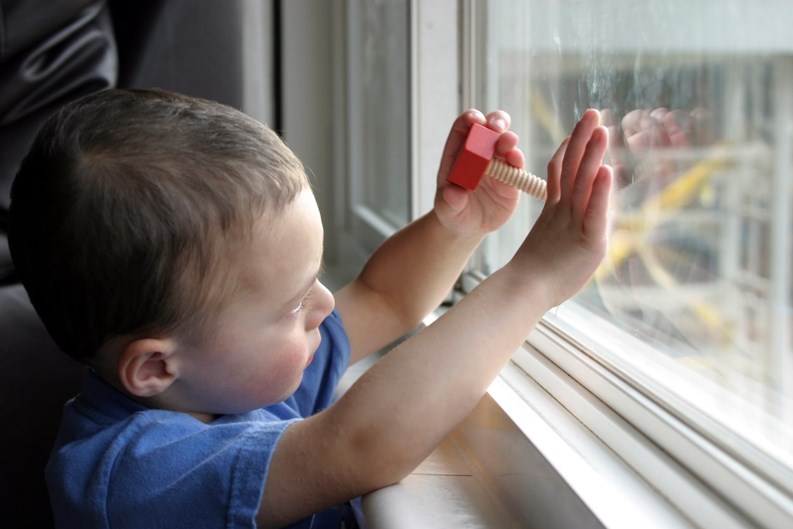For apartment buildings, window guards can protect little ones from dangerous and deadly falls. It's also the law.
Under New York City's Local Law 57 of 2011, apartments whose tenants include young children are required to install window guards. Thus, if you live in a building that has three or more apartments, and a child aged 10 years or younger lives with you, window guards are mandatory--even on the first floor. The landlord is required to install them.
However, if you don’t have a child under 10 and you still want window guards, you may request them and the landlord must install them. Interestingly enough, the only households exempted from this requirement are single-family homes (No explanation is offered by the New York City Housing Preservation and Development website for this exemption).
What Does This Mean for Co-ops and Condos?
The regulation further explains what is required of residents in co-op and condominium buildings. If you own or live in a co-op and you need or want window guards, the management--that would be the co-op corporation and the managing agent--must install and maintain them, just like in a rental building.
In a condominium, you—the owner—are responsible for installation and maintenance. However, hallways that have windows--like in rental buildings and co-ops--are the responsibility of the condo association and their managing agent. That’s the official line, anyway.
Stuart Halper is a managing agent in New York City whose company, Impact Real Estate Management, oversees numerous co-op and condo buildings in Manhattan, the outer boroughs, Long Island, and Westchester. He explains: “We are required annually by New York City to send out notices to every resident in our buildings informing them of the ability for them to install window guards. But you cannot force them to install them. A resident with a child under 10 years of age can refuse the window guards.”
The responsibility of the managing agent on behalf of the co-op doesn’t end there. The city is very serious about this effort. “A second and possibly a third notice must be sent out until we have a response,” Halper says. “We then send the tabulated results to the city. For the most part people are very responsive to this process.”
As mentioned, condominium buildings are
handled differently under this law. In a condominium, the
installation and maintenance of the window guards are the
responsibility of the unit owner. But, says Halper, “If condo
owners in our buildings request it and the association wants it, we
will install them. We don’t make a building-wide initiative though
to install them if there hasn’t been a request from the association
and members building-wide.”
What Does Putting in a Window Guard Involve?
The recommended window guards are easy to install and maintain. They fit easily into any typical double-hung window. They should be installed on every window other than those facing a fire escape including bathrooms and kitchens. Tamper proof one-way screws are required. There must be no more than 4-1/2 inches of space above or below the window guard, even when the window is open all the way. No space should be big enough for a baby’s head to fit through. A good measure is a 5-inch diameter ball. If one could fit through any window opening, the window guard has not been installed correctly.
So if you have kids, grandchildren, friends with kids, or for that matter a small but rambunctious dog, it's better to be safe than forever sorry: get your window guards installed today.
For more information, visit the city's page about window guards.
A.J. Sidransky is a novelist and a staff writer for The Cooperator and other publications.







Leave a Comment